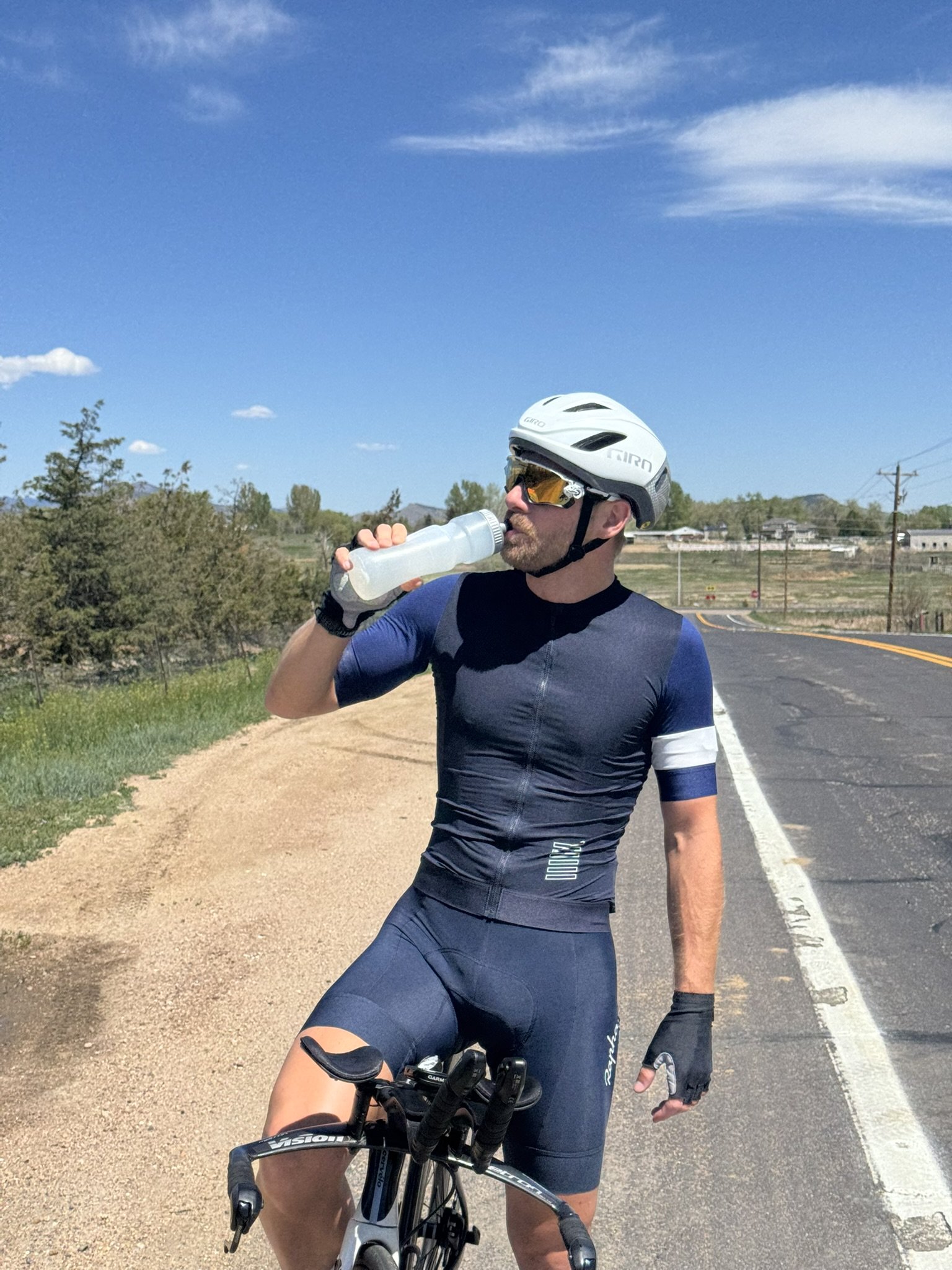What to Do When You Get Sick During Triathlon Training
Because sometimes the only thing you should be training is your immune system.
Let’s be honest getting sick mid-training block sucks. You’ve been nailing sessions, building fitness, and then suddenly... sore throat, sniffles, or full-on flu. Now what?
The good news: a short illness doesn’t erase your fitness, and smart decisions now can prevent a longer setback later.
Here’s how to handle sickness during triathlon training without panic and how to bounce back stronger.
Step 1: Don’t Ignore It
That “am I just tired or getting sick?” feeling is your body waving a flag. Pay attention. Catching it early can mean the difference between a couple of rest days and a full-blown forced break.
Signs to rest immediately:
Fever or chills
Body aches
Sore throat or cough
GI issues
Major fatigue or brain fog
If you feel off, don’t train through it. Training while sick can extend the illness and increase risk of complications especially with viruses like the flu or COVID.
Step 2: Communicate with Your Coach
If you’re working with a coach (like us at Hive Endurance!), tell us as soon as you're feeling unwell. We’ll:
Adjust your schedule
Plan your return
Keep your fitness trajectory on track
Your plan isn’t rigid, it should respond to you.
Step 3: Rest, Hydrate, and Recover
It’s tempting to “power through,” but recovery happens when you stop. Your immune system needs energy and that means:
Sleep, and lots of it
Staying hydrated (electrolytes help)
Eating nourishing, easy-to-digest meals
Skipping caffeine or alcohol where possible
No training until symptoms improve
If you're not sleeping well, still have a fever, or your resting heart rate is elevated, you’re not ready to train.
Step 4: Be Patient with the Comeback
Once you’re feeling better, don’t jump straight back into full sessions. Think of your return in stages:
Light symptoms gone (e.g., mild sniffle):
Start with 20–30 minutes of easy movement; walk, short spin, or swim. Keep the intensity low and see how you feel the next day.
More intense illness (e.g., flu or COVID):
Give yourself a gradual reintroduction over several days:
Short, zone 1–2 sessions only
Monitor HR and fatigue closely
Add intensity only after at least 3–5 days of feeling 100% again
Still feel tired? That’s your body saying wait.
Step 5: Don’t Panic About Lost Fitness
It’s normal to worry about falling behind. But here’s the truth:
Missing a few days or even a full week of training has far less impact on performance than trying to push through and dragging out the illness.
In fact, many athletes come back stronger after a forced break, it gives the body a reset it didn’t know it needed.
When to Seek Medical Advice
Always talk to a doctor if:
Symptoms persist beyond a few days
You have chest pain, shortness of breath, or heart symptoms
You’re recovering from COVID or another virus with cardiac risk
You’re unsure about when it’s safe to resume training
Your long-term health is always priority one.
Final thoughts
Getting sick is frustrating, but it’s also part of being human. You won’t lose your fitness, your goals aren’t gone, and your body will thank you for listening.
